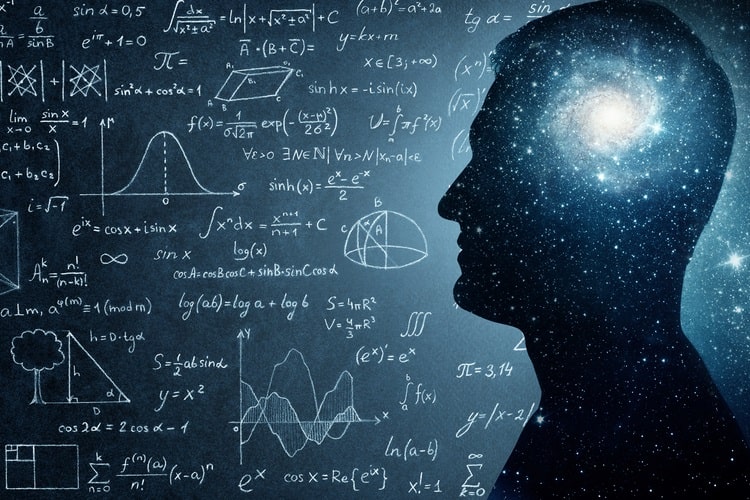Are you constantly on the lookout to impress your friends with mind-blowing scientific discoveries? Look no further – this selection of 25 of the coolest facts about astronomy is sure to amaze professionals and astronomy enthusiasts alike. You’ll learn the real reason behind the darkness of the night sky, discover the farthest place visible to the naked eye, and probe the Universe in the first few minutes after the Big Bang. Read on to learn some of the most surprising facts about astronomy and the vast Universe we call home, plus some cool things you can see in the night sky with a telescope.
1. Olbers’ Paradox
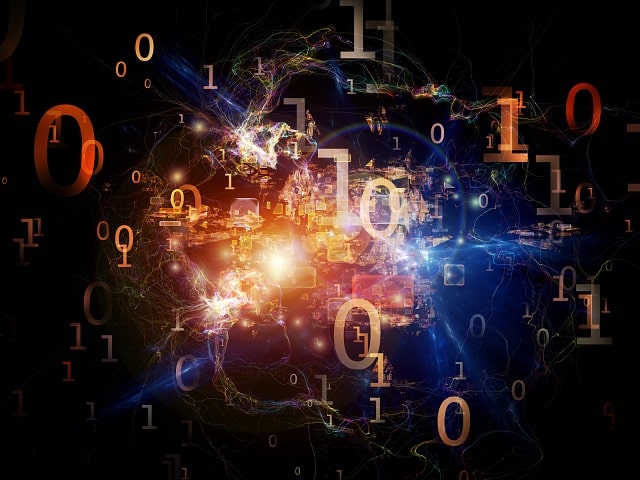
If the Universe is infinite, there should be an infinite number of stars, which means day and night would be equally bright. This paradox, named after Heinrich Olbers, argues that the Universe cannot be infinite and static. Today we know that the visible Universe is finite (around 46 billion light years) since light from distant regions is yet to travel to Earth.1
2. Hubble’s Law
The Universe is expanding in all directions, at a faster rate the farther away we look. In 1929, Hubble discovered that stars appear slightly redder than one would expect based on their spectra alone.2 Just as sound in the air has a lower pitch when the source is moving away from us, light emitted by distant galaxies becomes redder (shifts toward lower frequencies) as it travels away from the Earth. The lower the frequency of light, the less energy it carries. Because light from distant galaxies appears redshifted, the intensity that reaches us is lower; another argument that solves Olbers’ paradox.
3. The Cosmic Background Radiation
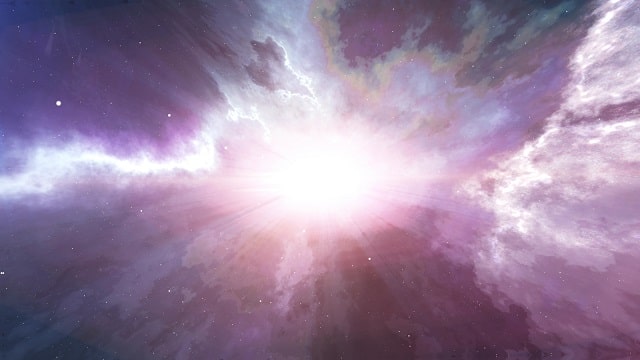
The Universe is expanding, so we naturally expect that it must have started at a single point of infinite density sometime in the past, which expanded suddenly in an event known as the Big Bang. This early explosion scattered a ball of glowing fire across the whole Universe, which we can observe today as Cosmic Background Radiation (CBR). It was discovered in 1964 by American astronomers Arno Penzias and Robert Wilson.
4. The Farthest Your Eyes Can Look
Andromeda is the nearest major galaxy to the Milky Way, with a mass approximately twice that of our galaxy. As the name suggests, it is visible in the constellation of Andromeda around autumn and winter, appearing as a smudge of light larger than the full Moon. It has its own set of satellite galaxies, the largest of which are M32 and M110, both clearly visible with a pair of binoculars or a telescope.
5. On a Collision Course
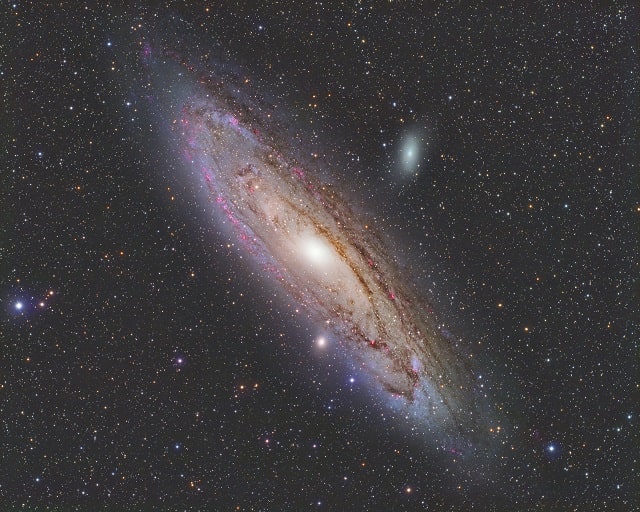
Andromeda is on a collision course with our galaxy. It is believed that they will merge to form an even bigger galaxy in around 4.5 billion years. 3
However, it is improbable that any given star or planet will individually collide, as the space between them is immense. Such collisions are relatively common in the Universe. Indeed, several dwarf galaxies, such as the Sagittarius Dwarf Spheroidal Galaxy (Sgr dSph), are already in the process of merging with the Milky Way.
6. Dark Matter
Stars at the edge of our galaxy move faster than we predict based on the distribution of visible matter in our galaxy. The simplest way to resolve this discrepancy is to postulate the existence of non-luminous matter, which we call dark matter.4
7. Supermassive Black Holes
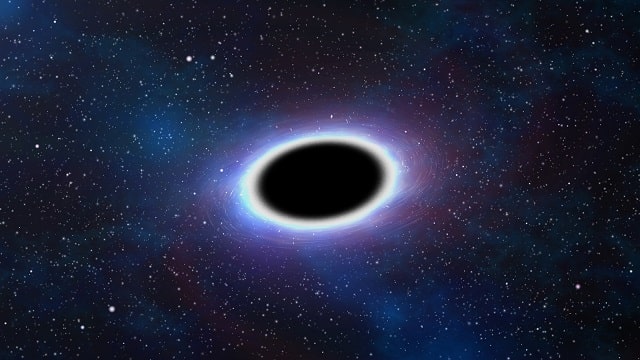
Einstein’s theory of general relativity first predicted black holes. When massive stars explode, they leave behind a remnant core. If the mass of the core is greater than three times the Sun’s mass, the force of gravity overcomes all other forces, giving rise to a black hole.
Almost every galaxy has a black hole located at its center. These are often supermassive black holes, as their mass can be over a million times that of the Sun.
One mechanism that is likely to explain the origin of these structures is the explosion of massive stars and the subsequent formation of intermediate-mass black holes in the same star cluster. As the cluster sinks to the center of the galaxy, the individual black holes would merge in a chain reaction of collisions, giving rise to a supermassive black hole.5
8. How Fast Is the Earth Moving?
Earth orbits around the Sun at an average velocity of 30 km/s (or about 67 miles per hour), while spinning about its axis at a velocity of 0.5 km/s (1.19 miles per hour) at the equator. Our solar system travels around the center of our galaxy at around 220 km/s (about 492 miles per hour). In turn, the galaxies in our neighborhood are rushing at a speed of nearly 1,000 km/s (about 2,237 miles per hour) towards the Great Attractor, the center of our Supercluster. Is it possible to find a universal frame of reference relative to which we can define the motions of all things? The answer is the cosmic microwave background radiation (CBR). The Earth is moving with respect to the CBR at a speed of 390 km/s (872,405 miles per hour), in the direction of the Leo constellation.6
9. There Is Gravity on the ISS
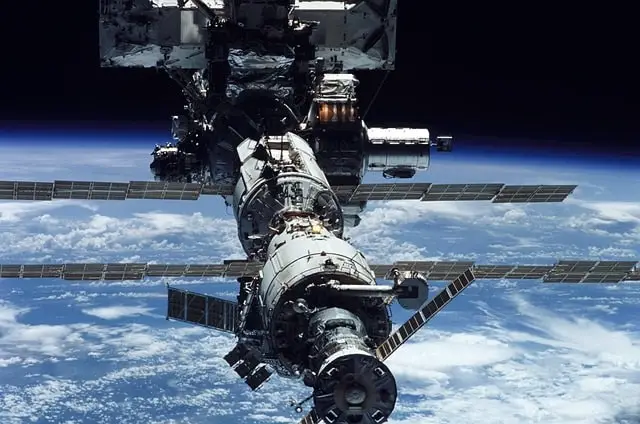
You have probably seen videos of astronauts floating around the International Space Station (ISS), and you may think that it has something to do with Earth’s gravitational attraction being much weaker in space. However, the gravitational acceleration on the ISS is just 10% weaker than it is on the Earth’s surface.
So why do astronauts float?
Astronauts don’t exactly float, but they seem to do so because they are in constant freefall, and so is the space station around them. It’s the same feeling of reduced gravity you get on an elevator while it accelerates downwards. If the cables broke, you would be freefalling at the same rate as the elevator, so momentarily, you would feel like an astronaut on the ISS.
If the ISS is in freefall, why doesn’t it ever hit the surface?
It’s because the ISS travels fast enough that the surface of the Earth below it curves at precisely the same rate, keeping the ISS on a circular orbit. There you go, Flat Earthers!
10. The Sun Is a Green Star
Every star emits light according to the so-called black body distribution law. The wavelength at which this distribution peaks depends on the star’s surface temperature, and it is related to the wavelength of maximum emission through Wien’s Law. Since the Sun has a surface temperature of 5778K, its wavelength of maximum emission is at 500nm, corresponding to a green color. However, when the human eye factors in the other colors around the peak, and because shorter wavelengths (like blue and green) are scattered more by the Earth’s atmosphere, the Sun appears to be a yellowish-white color.7
11. The Moon Is the Great Stabilizer
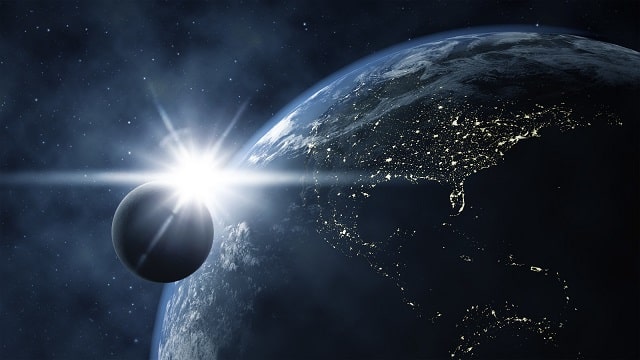
Without the Moon stabilizing Earth’s rotational axis, the Earth tilt could vary as much as 85 degrees. In this case, the Sun could move from directly over the equator to directly over the poles in just a few million years. This would result in dramatic climatic shifts, potentially impacting the development of life.8 It is estimated that fewer than 10% of terrestrial planets have a satellite large enough to stabilize their rotational axis.
12. Earth’s Nearest Neighbor Is Not Venus
Venus is the planet that comes closest to Earth during conjunction, but Mercury is closest to Earth, on average. In fact, because it is the planet with the smallest orbital radius, Mercury is also the nearest neighbor to every other planet in the Solar System.
13. What Sci-Fi Movies Get Wrong About Space
There is no sound in space since there is no medium (like the atmosphere on Earth) in which sound waves can propagate. However, this doesn’t mean that all space is completely silent. Sound can propagate on planets with a thin atmosphere, such as Mars, but it would probably sound slightly different from what you’re used to.
14. Time Dilation

According to the theory of relativity, a clock traveling close to the speed of light ticks slower than one at rest. Compared to stationary observers on Earth, passengers in a fast-moving spaceship would therefore advance further into the future in the same period of their own time. If a rocket were able to provide a constant 1g acceleration, it would be possible to travel through the entire visible Universe in just one lifetime.9
15. Planets Don’t Orbit the Sun
To be precise, the Sun and the planets all orbit around their common center of mass. Of course, since the Sun contains around 99.8% of all matter in our solar system, the center of mass is not that far away from the center of the Sun itself.10 At most, it’s a few miles from its surface.11
16. Habitable Planets
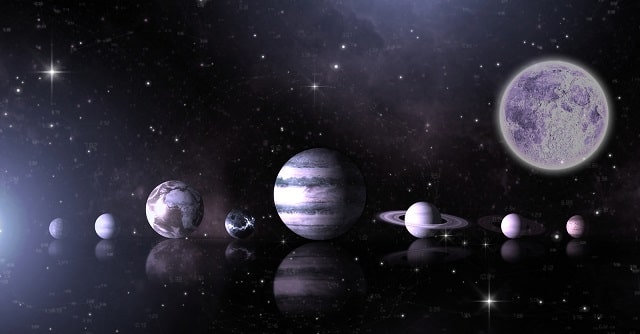
Astronomers discover habitable planets by measuring their host star’s radial velocity as it moves around the barycenter of the system.
If the system’s orbital plane coincides with our line of view, planets can transit on the disk of their host star, thereby causing a measurable dip in the luminosity. The Kepler Space Telescope, launched by NASA in 2009, constantly monitored the luminosity of approximately 150,000 stars, detecting more than 2,600 exoplanets during its lifetime.12
17. The Next Nearest Solar System
Alpha Centauri, the star closest to the Earth after the Sun, is at a considerable distance of 4.4 light years. With our current technology, it would take tens of thousands of years to get there. And by the way, once settled, any message would take 4.4 to reach the Earth, while the colonizers would have to wait 8.8 years for a reply.
If we ever develop ways to propel spacecraft to a significant fraction of the speed of light, then time dilation effects come into play. For instance, at 90% of the speed of light, an observer on Earth would see the colonizers arrive on Alpha Centauri 4.8 years after their departure (they would get word after 9.2 years), but for the people aboard, the time taken to complete the trip would only be 2.4 years.
This difference becomes significant as we travel to systems that are even farther away. Even though the trip can be made shorter for people on the spacecraft, no one on Earth would see the mission to its end.
18. Satellite Galaxies
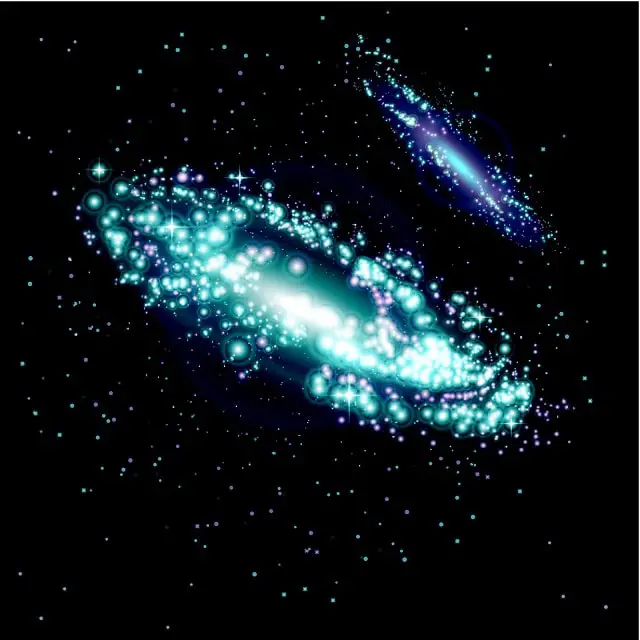
The Milky Way has about fifty satellite galaxies orbiting around it. Two of these are visible to the naked eye, the Big and Small Magellanic Clouds. The former is 1/100th of our galaxy’s size, but it lacks a clean spiral shape, probably because of the strong gravitational pull exerted by the Milky Way.13
19. The Virgo Supercluster
Just like planets are grouped in solar systems and stars are grouped in galaxies, so are galaxies grouped in clusters. Andromeda and the Milky Way are the largest galaxies in the Local Group, while the Triangulum Galaxy is the third largest by size.
In turn, The Local Group belongs to the Virgo Supercluster, a massive collection of over 100 galaxy groups and clusters.
20. The Bigger Picture
Recently, astronomers discovered that the Virgo Supercluster is just an appendage of the bigger Laniakea Supercluster. Its center is known as the Great Attractor, and the Milky Way, with the rest of the Local Group, is currently moving in that direction.14
21. Faster-Than-Light Travel
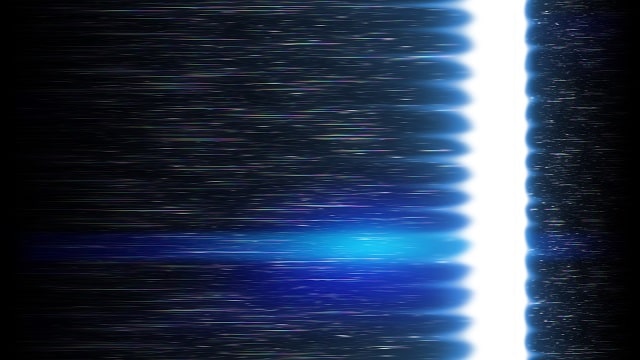
The theory of relativity postulates that no signal can travel faster than light.
However, some theories suggest that this could be possible by contracting the space in front of a body while expanding the space behind it. Originally proposed by Mexican physicist Alcubierre, this mechanism requires negative energy density, i.e., negative mass. If exotic matter with these properties can be found, then faster-than-light-travel might indeed be possible.15
22. The Beginning of Everything
At first, the Universe was an undifferentiated soup of matter and radiation, made of electrons, positrons, neutrinos, anti-neutrinos, and photons, all in thermal equilibrium with each other. It is believed that tiny ripples in the Universe at this stage could have given rise to the large-scale structures formed much later.
After the first ten seconds, electrons and positrons annihilated each other, while photons, neutrinos, and anti-neutrinos were left as the Universe’s major constituents.
As the cosmic soup cooled down, various stable nuclei formed, mostly hydrogen, helium, and lithium. However, not much happened until 700,000 years after the Big Bang, when the temperature had fallen enough for electrons and nuclei to combine in stable atoms (recombination period). The subsequent lack of free electrons made the content of the Universe transparent, thereby releasing the Cosmic Background Radiation.16
23. Early Life
What followed were the Dark Ages, a period when hydrogen clouds pervading the early Universe had not collapsed yet into stars.
Around 10 to 17 million years after the beginning of the Universe, the average temperature was approximately 273–373 K (0 – 100 °C), suitable for liquid water to exist. It is speculated that rocky planets with welcoming oceans and perhaps life could have arisen briefly.
24. We Are Made of Star Stuff
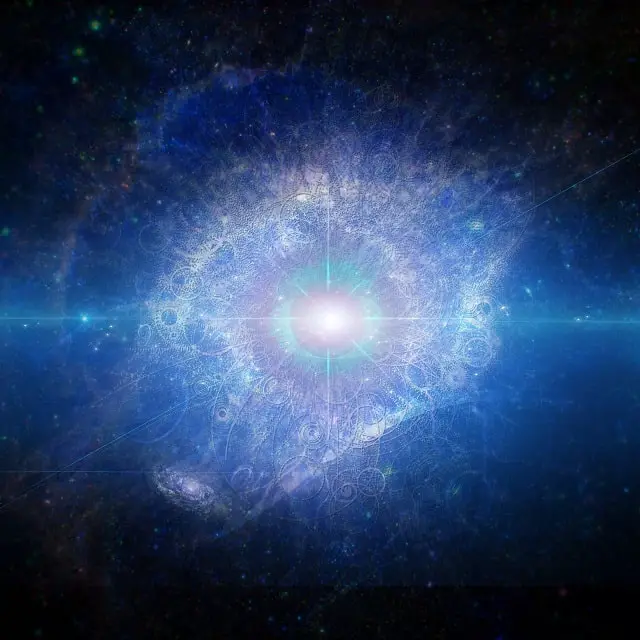
The first stars, called Population III stars (the Sun is a Population I star), were around 1,000 times as massive as our Sun, and they were grouped into mini galaxies. About a few billion years after the Big Bang, these had merged to form larger galaxies, like our own Milky Way. The first stars eventually exploded into supernovae, scattering the heavier elements contained in their cores. Each new generation of stars enriched the universe with heavier elements, suitable to form more complex structures. Quoting Carl Sagan: “The nitrogen in our DNA, the calcium in our teeth, the iron in our blood, the carbon in our apple pies were made in the interiors of collapsing stars. We are made of star stuff.”17
25. Where Are We Headed?
The Universe will continue to appear much the same for billions of years into the future. Eventually, it will either keep on expanding forever, growing larger and colder until it reaches heat death, or it will collapse back onto itself, giving rise to another Big Bang and hence another Universe.
Whether one scenario or the other will actually take place depends on the density of the Universe in relation to the so-called critical density. However, current measurements of the density of the Universe have found a value extremely close to the critical density, so we can’t say for sure what will happen.18
The Universe is an incredible place to explore, and we’ve only touched the surface on what’s out there to discover. If you’re as fascinated by cool facts about astronomy and the mysteries of the Universe as we are and want to glimpse the vast expanses of space, check out our Beginner’s Guide to Astronomy for tips and advice on getting started with stargazing (and it doesn’t have to cost you a penny!) or learn what you need to know before buying your first telescope. You can even get the kids interested in astronomy. It’s an excellent way to spend some quality time together as a family.
Flavio Salvati studies Physics at the University of Cambridge. He has written a book on astronomy, titled “Fundamentals of Astronomy. A guide for Olympiads.” During the summer holidays, Flavio has had the opportunity of working in the Quantum Matter group, in Cambridge, at the MagLab, in Florida, and the Max Planck Institute, in Germany. When he is not busy studying physics or astronomy, Flavio can be found playing Beethoven’s sonatas, fencing, or piloting a glider Schleicher K 21 above the fields of Cambridgeshire.
Additionally, if you’re looking for additional resources on stargazing, we have a number of articles that you might find interesting.
First off, we’ve created guides on a variety of astronomy related topics, such as our guide to determining how much a telescope should cost, our guide to how to use a telescope. We’ve also created a series of helpful guides for kids, such as our list of astronomy facts (which any kids or beginners will no doubt find interesting).
We’ve also created a series of buying guides, including our guide to find the best astronomy tools for you, our guide to evaluating the best telescopes for beginners, and our guide to the best astronomy binoculars.
In addition to those guides, we’ve also created a series of in-depth reviews of a variety of telescopes and astronomy binoculars. You can check them out before you buy to find out the best accessories, pros and cons for different models, and even to see what they look like unboxed. If you’re considering buying a telescope we have a series of reviews that also serve as how to guides. You can get our series of guides to individual telescopes as well, including our review of the following telescopes and binoculars: our Celestron Firstscope review, Celestron Travel Scope 80 Telescope Review, SkyGenius 10×50 Binoculars review, Celestron Travel Scope 80 Telescope review, Opticron Adventurer II 10×50 Binocular review, Orion Astronomy 15×70 Binoculars review, Orion XT6 Dobsonian Telescope review, Orion Scenix 7×50 Binocular review, Celestron ExploraScope 114AZ Telescope review, Zhumell Z100 Telescope review, and our Sky-Watcher Heritage 130 Telescope reviews, to really be able to dive into the different telescope and astronomy binocular models.
Article Sources
Moon and Back uses only high-quality sources, including peer-reviewed studies, to support the facts within our articles. Read our editorial process to learn more about how we fact-check and keep our content accurate, reliable, and trustworthy.
- Calder N. Magic Universe: A grand tour of modern science. Oxford University Press. 2006:378.
- What Is a Barycenter? Nasa.gov. https://spaceplace.nasa.gov/barycenter/en/. Updated June 3, 2020. Accessed January 26, 2021.
- Watkins T. Centers of Mass in the Solar System. Sjsu.edu. https://www.sjsu.edu/faculty/watkins/centermass.htm. Accessed January 26, 2021.
- Kepler and K2. Nasa.gov. https://www.nasa.gov/mission_pages/kepler/overview/index.html. Updated October 30, 2018. Accessed January 26, 2021.
- Black Holes. Nasa.gov. https://science.nasa.gov/astrophysics/focus-areas/black-holes. Accessed January 26, 2021.
- December 2020: Interesting Facts about the Earth. Nasa.gov. https://www.nasa.gov/content/interesting-fact-of-the-month. Accessed January 26, 2021.
- Mayo L. What Color is the Sun?? Nasa.gov. https://eclipse2017.nasa.gov/what-color-sun. Accessed January 26, 2021.
- Earth’s Moon. Nasa.gov. https://solarsystem.nasa.gov/moons/earths-moon/overview/. Updated August 1, 2019. Accessed January 26, 2021.
- What is Olbers’ Paradox? Nasa.gov. https://lambda.gsfc.nasa.gov/product/suborbit/POLAR/cmb.physics.wisc.edu/tutorial/olbers.html. Accessed January 26, 2021.
- Weaver D, Villard R, Riess A, Andreoli C. Mystery of the Universe’s Expansion Rate Widens With New Hubble Data. Nasa.gov. https://www.nasa.gov/feature/goddard/2019/mystery-of-the-universe-s-expansion-rate-widens-with-new-hubble-data. Updated April 25, 2019. Accessed January 26, 2021.
- The European Space Agency. Gaia clocks new speeds for Milky Way-Andromeda collision. Eas.int. https://www.esa.int/Science_Exploration/Space_Science/Gaia/Gaia_clocks_new_speeds_for_Milky_Way-Andromeda_collision. Published July 2, 2019. Accessed January 26, 2021.
- Freese K. Dark Matter in Galaxies and Clusters. Caltech.edu. https://ned.ipac.caltech.edu/level5/Sept17/Freese/Freese2.html. Published January 7, 2017. Accessed January 26, 2021.
- What Is a Satellite Galaxy? Nasa.gov. https://spaceplace.nasa.gov/satellite-galaxies/en/. Updated October 11, 2016. Accessed January 26, 2021.
- Astronomers map massive structure beyond Laniakea Supercluster. Hawaii.edu. https://www.hawaii.edu/news/2020/07/10/laniakea-supercluster-mapping/. Published July 10, 2020. Accessed January 26, 2021.
- Cramer JG. The Alcubierre Warp Drive. Washington.edu. https://www.npl.washington.edu/av/altvw81.html. Published April 15, 1996. Accessed January 26, 2021.
- Weinberg S. The first three minutes. A Modern View of the Origin of the Universe. New York, NY: Basic Books;1988.
- Sagan C. Cosmos. New York, NY: Random House; 1980.
- Critical Density. Swin.edu.au. https://astronomy.swin.edu.au/cosmos/C/Critical+Density. Accessed January 26, 2021.
